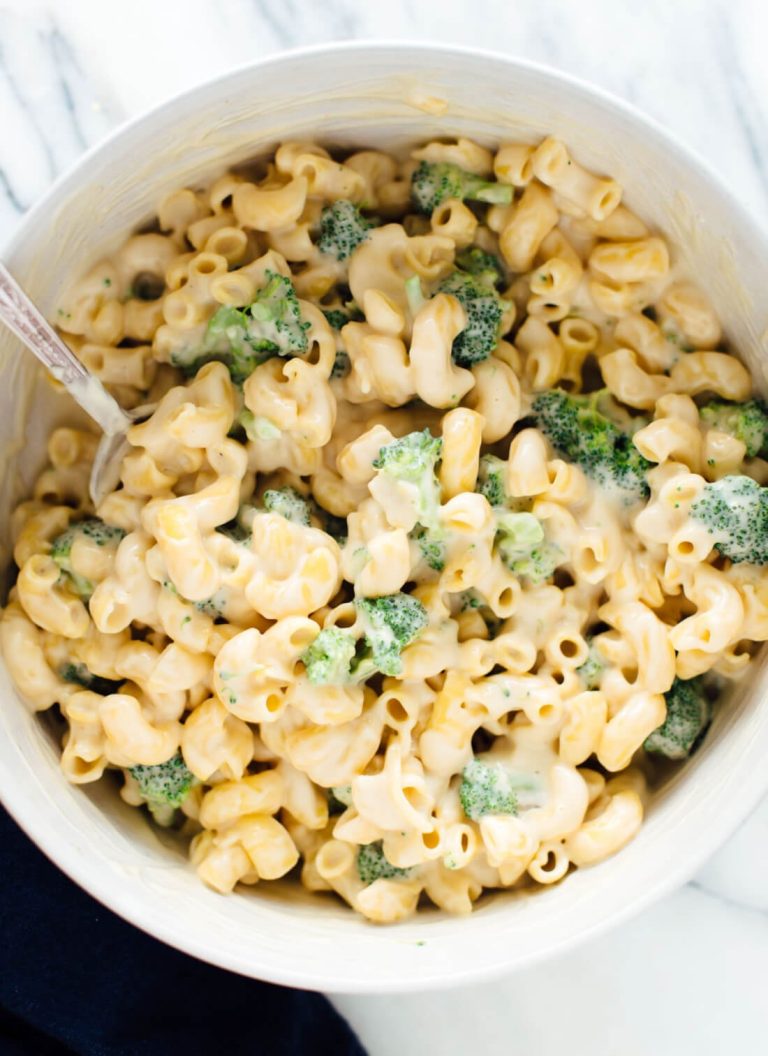Head Cheese: Origins, Preparation, and Nutritional Benefits Explained
Head cheese is a traditional dish with centuries-old roots in European cuisine, particularly in countries like Germany, France and Italy. It’s not a type of cheese but a cold cut made from the meat of a pig’s or calf’s head. Often seasoned and set in aspic, it’s a form of terrine. You can find it in local delis and European charcuterie boards, reflecting its broad cultural significance.
Common Ingredients and Variations
The primary ingredients in head cheese include pork or calf head meat, along with parts like the tongue, cheeks, and sometimes skin. Seasonings such as salt, pepper, garlic and bay leaves enhance flavors. Variations can include vinegar for a tangy taste or different meats like beef or veal. In some regions, head cheese incorporates gelatin to improve texture and coherence.
The Making of Head Cheese
Selection of Meats and Spices
Head cheese starts with choosing the right meats. Typically, the primary cuts include the pig’s or calf’s head, tongue, and cheeks. Some recipes also use skin and other parts rich in collagen for better texture. These meats bring unique flavors and textures to the final product.
Spices play a crucial role in head cheese. Common seasonings are salt, pepper, garlic, and bay leaves. Variations sometimes incorporate vinegar for tanginess. Other spices, such as cloves or coriander, might be added depending on regional recipes.
Cooking and Molding Process
The cooking and molding process defines head cheese’s final texture and taste. Initially, the selected meats need to be simmered for several hours until tender. This slow cooking dissolves collagen, which helps the meat set in aspic.
After cooking, the meats are carefully removed, deboned, and finely chopped or shredded. Seasonings and additional ingredients like vinegar or even small vegetables might be mixed in at this stage.
The next step involves placing the mixture in molds. Traditional molds can be loaf pans or specialty terrine molds. Once the meat mixture is packed into the molds, the remaining cooking liquid, rich in gelatin, is poured over it. This liquid ensures the mixture sets firmly.
Cooling the filled molds is the final step. They are refrigerated for several hours or overnight. This process allows the aspic to solidify, creating the characteristic firm, sliceable texture of head cheese. Experts recommend serving head cheese chilled, often accompanied by bread or pickles.
Nutritional Profile of Head Cheese
Health Benefits
Head cheese offers a source of high-quality protein, essential for muscle repair and growth. It provides important nutrients like B vitamins, particularly B12, niacin, and riboflavin. These vitamins support energy metabolism and red blood cell formation. Minerals like zinc and iron are also present, contributing to immune function and oxygen transport.
Considerations for Dietary Restrictions
Head cheese contains products from pigs or calves, making it unsuitable for vegans, vegetarians, and those avoiding pork or beef. The high salt content may concern individuals with hypertension or other cardiovascular conditions. It’s also high in cholesterol, which might affect those managing cholesterol levels. Gelatin, used in some recipes, is animal-derived and unsuitable for those who avoid animal products.
Cultural Significance of Head Cheese
Head Cheese in European Cuisine
Head cheese plays a vital role in European culinary traditions, particularly in regions like Germany, France, and Italy. In Germany, it’s known as “Sülze” or “Schwartenmagen” and is often served as a cold cut with bread and pickles. French cuisine features “fromage de tête”, typically spiced with herbs like bay leaves and thyme. Italians refer to it as “coppa di testa” and integrate it into antipasto platters alongside cured meats and cheeses. These variations highlight the importance of head cheese in preserving regional flavors and culinary practices.
Head Cheese Around the World
Beyond Europe, head cheese also features prominently in other cultures. In the United States, it’s known as “head cheese” or “brawn,” often found in delis in southern states. Latin American countries like Mexico and Argentina prepare it as “queso de cabeza” and “queso de cerdo,” respectively, serving it in tacos or alongside rice. Asian countries like the Philippines call it “sisig,” seasoning it with vinegar and chilies. These global adaptations demonstrate head cheese’s versatility and its ability to reflect local tastes and ingredients.
Consumer Guide
How to Buy and Store Head Cheese
When purchasing head cheese, look for high-quality products from reputable sources. Check for a firm texture and bright, consistent color. Fresh head cheese should have a clean, savory aroma with no off-putting smells.
Storage is crucial to maintain the quality of head cheese. Refrigerate it as soon as possible, keeping it in an airtight container to preserve its freshness. Consume within 5-7 days if stored in the fridge. For longer storage, you can freeze head cheese for up to 2 months, ensuring you wrap it tightly in plastic wrap or aluminum foil before placing it in a freezer bag.
Tips for Serving and Pairing
Serve head cheese cold or at room temperature to best appreciate its texture and flavors. Thinly slice it and arrange on a charcuterie board along with crackers, pickles, mustard, and cheese. This creates an attractive and delicious starter.
Pair head cheese with complementary beverages. Dry white wines, such as Sauvignon Blanc or Riesling, balance the rich flavors well. Light beers and ciders also make excellent choices.
Experiment with accompaniments to enhance the taste experience. Fresh bread, olives, and a variety of pates make great additions to a head cheese platter. Adding a bit of tangy relish or chutney can provide a nice contrast to the savory flavors.
Conclusion
Exploring head cheese opens up a world of rich culinary traditions and diverse flavors. Whether you’re a seasoned foodie or new to this delicacy, understanding its origins, preparation, and nutritional benefits can enhance your appreciation. When buying head cheese, prioritize quality and freshness to ensure a delightful experience. Pair it with the right beverages and accompaniments to elevate your tasting journey. Embrace the cultural significance and versatility of head cheese, and you’ll find it a unique addition to your culinary repertoire.






